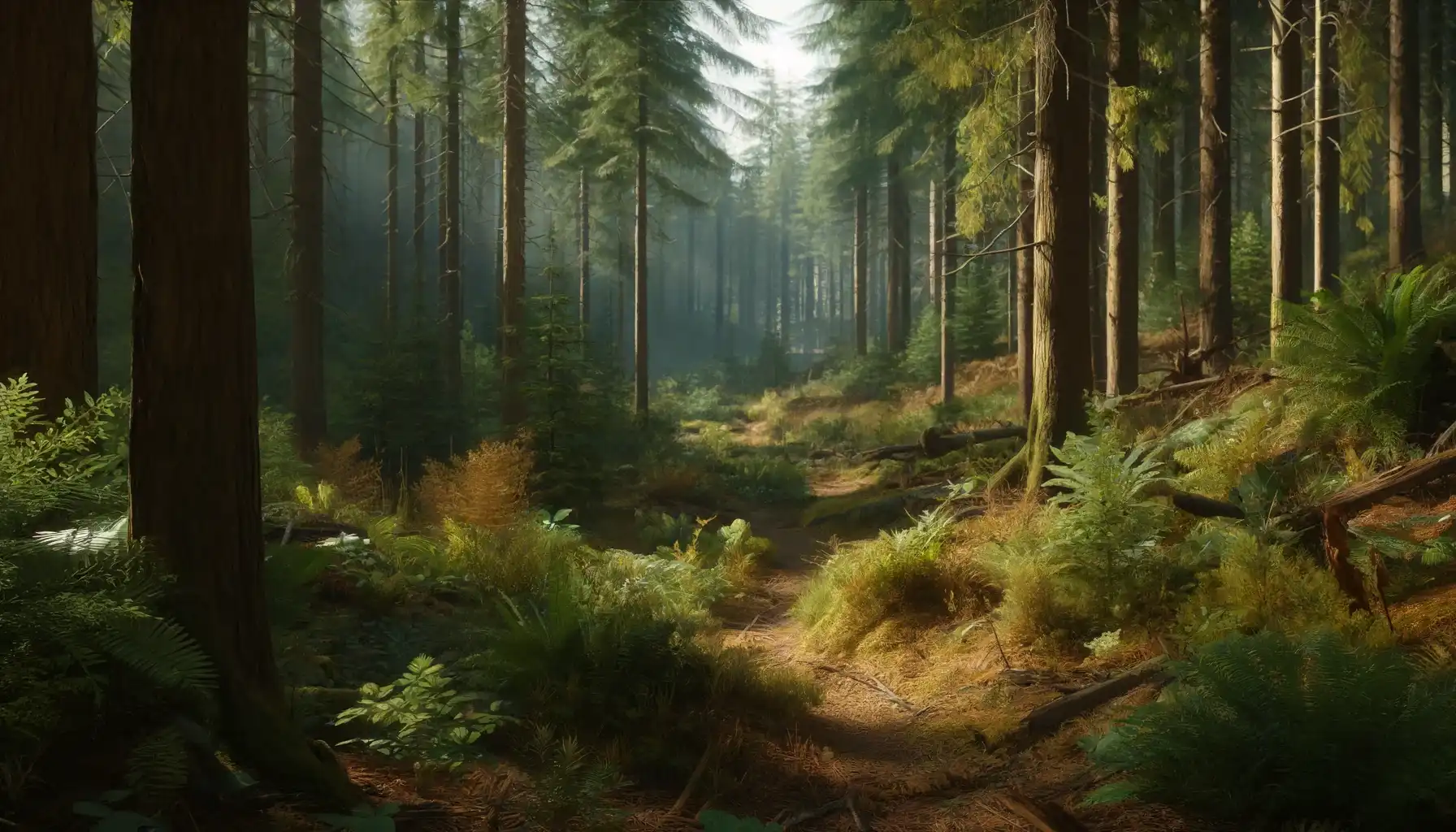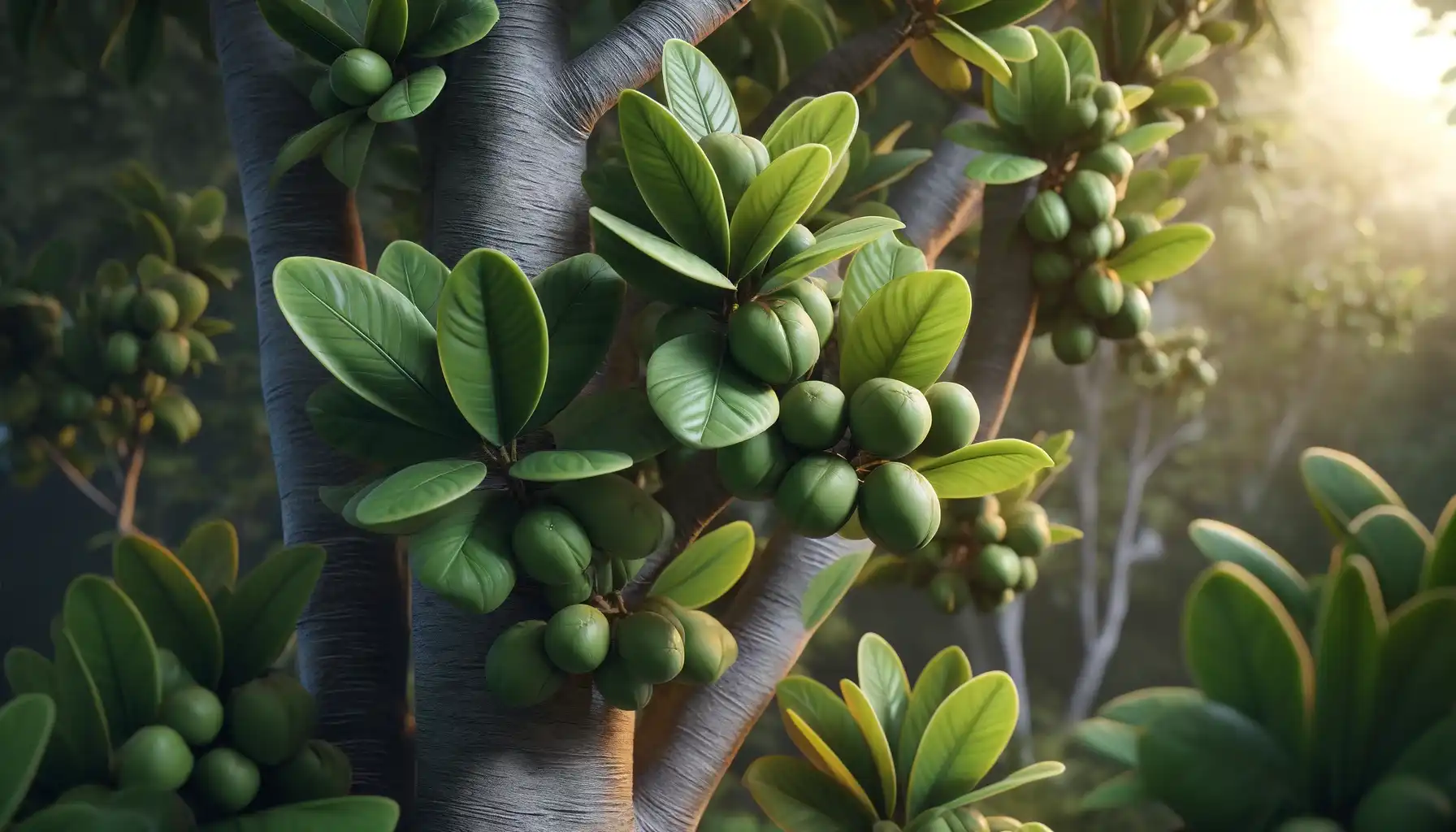Deadly Dangers: A Few Poisonous Plants to Avoid in the US

The flora of the US is one of the greatest attractions to observe and cherish in the world, and exploring its inhabitants is a memorable experience for anyone involved. Nevertheless, nature may not always be kind to its visitors, for there exist various plant species, encountering which can be dangerous for humans or some domestic animals alike. But how to identify these plants, where do they live, and where to seek assistance on this matter?
Contents:
- The Notorious Trio: Poison Ivy, Oak, and Sumac
- Poison Hemlock: Deceiving Beauty of Doppelgängers
- Monkshood: Peculiar Perennials with Toxins Inside
- The Manchineel Tree: The Most Toxic Fruit in the World
- Mirror, Mirror On The Wall, What’s The Poison Of Them All?
- As a Bottom Line: What to Do If You Have Been Poisoned?
The flora of the US is one of the greatest attractions to observe and cherish in the world, and exploring its inhabitants is a memorable experience for anyone involved. Nevertheless, nature may not always be kind to its visitors, for there exist various plant species, encountering which can be dangerous for humans or some domestic animals alike. But how to identify these plants, where do they live, and where to seek assistance on this matter?
In this guide, one may learn more about the most common poisonous plants of the US green world, understand their habitats, and observe a reliable tool that may save your life once.

The Notorious Trio: Poison Ivy, Oak, and Sumac
When thinking about the American flora, one may visualize various landscapes with plants of different forms, sizes, and colors, and Poison Ivy, Poison Oak, and Poison Sumac appear to be the most common group of plants present there. But why do they usually come together?
By nature, as soon as you touch such a plant, you may instantly notice an allergic reaction which is to develop right on the skin. The oily toxic compound named urushiol contained in the greenery is notorious for being dangerous to make contact with, for it generally causes contact dermatitis characterized by redness, swelling, and itchy blistering rashes of different severity levels. So, let us see what Poison Ivy, Oak, and Sumac are in reality.
Poison Ivy: We bet most people know Poison Ivy, yet barely do they pay attention to its toxicity. Does Poison Ivy grow in Florida? In essence, the plant can be found across the entire United States, except for Alaska, Hawaii, and some regions of the West Coast.
The distinctive feature of this plant species is its compound leaf structure, i.e., each leaf consists of three leaflets the edges of which can be either smooth or spiky. Yet Ivy produces berries, they are extremely toxic for people, though captivating and tasty they seem.
Poison Oak: Like Poison Ivy, Poison Oak naturally grows as shrubs or vines common to the western regions of the United States. The leaves of Poison Oak consist of three leaflets, too, yet they tend to be more rounded or scalloped with colors ranging from green in summer to bright red in fall.
Poison Sumac: The small trees of Poison Sumac are less common than the previously mentioned plants but no less hazardous at all. Those who are curious about observing such plants may wonder, “Does poison sumac grow in Ohio?”. In general, the tree prefers wet, swampy areas of the Eastern US; so yes, it may be found in some parts of Ohio where the conditions allow them to grow efficiently.

What makes Poison Sumac so different is its appearance. Growing into tall shrubs or short trees, the plant produces clusters of small, white berries hidden in the foliage which is composed of smooth-edged leaves with 7 to 13 leaflets arranged around a central stem. This is what may give one a hint it is a poisonous instance of the natural creations.
Poison Hemlock: Deceiving Beauty of Doppelgängers
Nowadays, Hemlock, originally native to Europe and North Africa, has also become widespread across North America, even in the most unexpected regions of the continent. So, does Poison Hemlock grow in Florida? The answer is yes, the plant is a common inhabitant of this state and other places in the country. Thanks to its appearance, Poison Hemlock is often mistaken for other benign plants like parsnips and parsley, which means it can be accidentally eaten.
Piperidine alkaloid toxins contained in the Poison Hemlock parts may disrupt the nervous system and lead to respiratory failure and death when ingested and scarcely treated. Though beautiful yet deadly, the white clusters of small flowers usually form the umbrella-shaped heads, making the top of the tall plant attractive to unsuspecting foragers in search of wild carrots, fennels, and other herbs usually used in the gastronomy of all levels.
Monkshood: Peculiar Perennials with Toxins Inside
Monkshood, scientifically known as Aconitum, is a danger in disguise of beauty and alien-like vibes it produces. Hood-shaped, deep blue to purple, the plants of monkshood might be easily identified in the landscape of vibrant flowers, thanks to their unique form and color.
Every part of the plant, including the roots and seeds, contains potent alkaloids which are to cause severe neurological and cardiovascular effects when consumed. Luckily, the appearance itself suggests that the plant is not as simple as it may seem at first. A notable fact: the cultures raised in the Monkshood’s habitats supported beliefs that the essence of the plant was used as a poison by assassins and as a medicine to relieve pain, the latter not being always successful, though.
The Manchineel Tree: The Most Toxic Fruit in the World
Sometimes, those plants that produce deliciously-looking fruit and sweet scents are not as friendly as expected. In turn, they may kill you, however pompous it may sound. One such plant is the Manchineel tree, a plant native to the coastal regions of the Caribbean, Central America, and South America as well.
Giving small greenish-yellow fruits of the apple-like form, the Manchineel tree is considered one of the deadliest plants in the world, contact with which may cause severe skin inflammations, blistering, and even blindness when met with the eyes. Ingesting its fruit can also pose significant threats, and in extreme cases, it can be fatal. Do not eat it or stand near the tree! Enjoy the beauty of this natural phenomenon from afar only!

Mirror, Mirror On The Wall, What’s The Poison Of Them All?
Plants are sophisticated creatures that may hide more than they show by their appearance. As we have covered before, there might be dozens of toxic plants living closer to their friendly doppelgängers on the territory of the US, and identifying the plants properly is the key. But how can you make sure what type of plant it is?
The industry of digital gardening made it easier for plant enthusiasts to detect poisonous instances and protect their health from unexpected complications. AI Plant Finder, the app designed specifically to identify plants with the use of a smartphone’s camera, is a great addition to plant exploration that may assist one in the most challenging tasks and save time (and life!), too.
When walking in the park or hiking in the forest, grab your phone, open the AI Plant Finder app, tap on the Camera button located at the center of the tab bar, and follow the prompts for the platform to provide you with the most relevant result possible. Exercise extreme caution and maintain a distance from any unfamiliar plants to avoid potential exposure to the toxic compounds or irritants they may emit so as to stay safe all the time.

By the way, AI Plant Finder may also help those who need extra support in their gardens. Not sure how much water your plants need to thrive? Want to learn more about pests in your region? Been wondering if poison ivy does grow in Colorado? Need to keep track of your plant species in one place? Download the app and experience the best time in the garden with a digital mate always by your side.
As a Bottom Line: What to Do If You Have Been Poisoned?
If you think of the poisoning from any of these plants, be it itching, blisters, respiratory complications, headache, cardiac arrest, or anything else, immediate action is vital. When one suspects skin contact with the poisonous substances, use water to remove it from the surface/mucous membrane carefully. In case of ingestion, do not induce vomiting. Instead, you must call local emergency services for guidance.
Remember that in any case, you should immediately seek medical attention, for some toxins may lead to fatal consequences. Be a sensible observer, not an obsessed one.
Share:
Read More
Identify Any Plant, Diagnose Every Disease
Download Our App Now!

